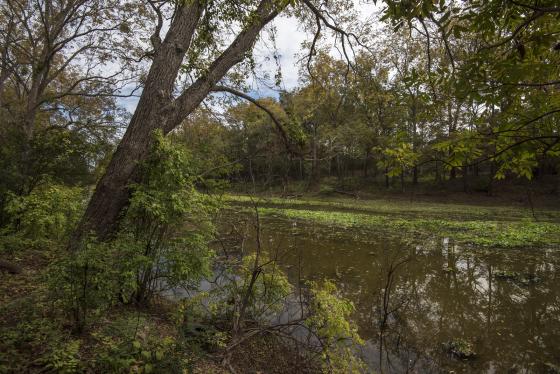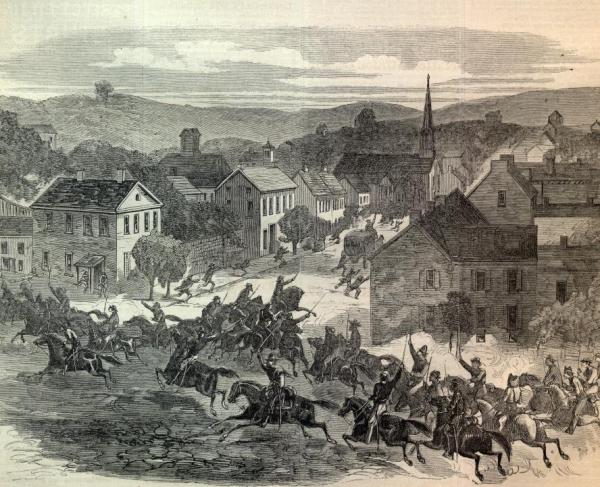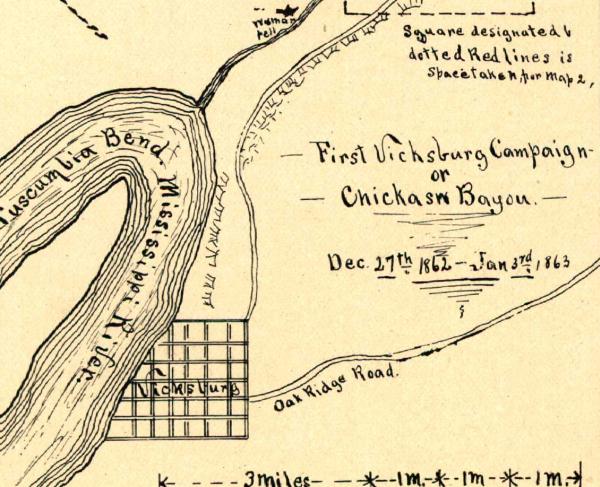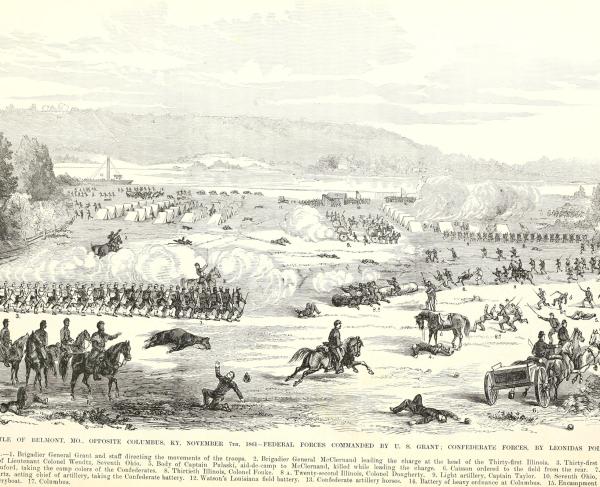American Battlefield Trust's Latest Campaign Aims to Expand Battlefield Preservation in the Buckeye State
Mary Koik, (202) 367-1861 x7231
(Washington, D.C.) — The Civil War is often studied through a lens of leadership — and rightly so, as focus on these figures lends an action-packed perspective to the conflict. The American Battlefield Trust’s latest fundraising campaign aligns with four famous Civil War generals, albeit at lesser-known moments of their careers: Ulysses S. Grant at the Battle of Belmont in Missouri and Kentucky, John Hunt Morgan at the Battle of Buffington Island in Ohio, William T. Sherman at the Battle of Chickasaw Bayou in Mississippi, and J.E.B. Stuart at the Battle of Upperville in Virginia. The endeavor aims to protect 311 acres of battlefield land while adding three new battlefields to the Trust’s roster of victories and setting the stage for the Trust’s first work in Ohio, soon to be its 25th state.
“Seeing our preservation footprint extend to half the states in the Union is a meaningful milestone,” said Trust President David Duncan. “Not only are we working to save endangered sites, but also demonstrating the broad array of communities where visitors can experience America’s transformative history through the power of place. I, for one, cannot wait to explore what this preservation opportunity makes possible at the Belmont, Chickasaw Bayou, Buffington Island and Upperville battlefields.”
Opening a door to Trust efforts in the Buckeye State, the Buffington Island Battlefield was host to one of only two Civil War battles fought in Ohio. In the wake of Confederate losses at Vicksburg and Gettysburg, Brig. Gen. John Hunt Morgan led 2,000 men on a 13-day raid through Tennessee, Kentucky, Indiana and Ohio. Hoping to return unscathed, Morgan looked to cross the ford at Buffington Island. Instead, the location became the site of the July 1863 battle that pitted Morgan’s 1,700 horsemen against 3,000 Union artillery, infantry and cavalry, plus U.S. Navy gunboats. The 117-acre tract the Trust seeks to preserve marks the very location that Morgan and his raiders advanced. However, this historic ground could be lost to residential or other forms of development that would erase a critical piece of Ohio’s Civil War past. If successfully acquired by the Trust, the property may eventually be interpreted to enrich the visitor experience at the battlefield.

The campaign also aims to protect four Western Theater acres at another two sites new to the Trust: Belmont, Mo./Ky., and Chickasaw Bayou, Miss. At the former, Brig. Gen. Ulysses S. Grant faced an early test as a battlefield commander when he responded to Confederate activity in Columbus, Ky., by leading a November 1861 attack at Belmont. Just over a year later, between December 26-29, 1862, Union Maj. Gen. William T. Sherman failed in his bid to compromise Vicksburg’s Confederate defenses at Chickasaw Bayou. The outnumbered Confederates stood
strong while Sherman’s Federals suffered eight times as many losses. While the defeat subverted the Union’s first attempt at capturing Vicksburg, the tide turned in July 1863.
Lastly, in the Eastern Theater, a 191-acre pristine tract in Upperville, Va. had long been a target for preservation. Most of the rural area surrounding Upperville remains as it would have appeared in 1863: broad, open terrain ideally suited for calvary fighting. Gazing out to the open fields, it’s not hard to imagine the ferocious and bloody clash that took place between Maj. Gen. J.E.B. Stuart’s Confederate and Union Maj. Gen. Alfred Pleasonton’s calvary on June 21, 1863.
Together, these 311 acres of hallowed ground are valued at nearly $2.7 million, but thanks to key partnerships and anticipated federal and state matching grants, the Trust’s fundraising need is only $206,207 — a valuable $13-to-$1 return on investment. Learn more about the campaign to protect pivotal pieces of these four storied battlefield sites at www.battlefields.org/save311.
The American Battlefield Trust is dedicated to preserving America’s hallowed battlegrounds and educating the public about what happened there and why it matters today. The nonprofit, nonpartisan organization has protected more than 54,000 acres associated with the Revolutionary War, War of 1812, and Civil War. Learn more at www.battlefields.org.
###


